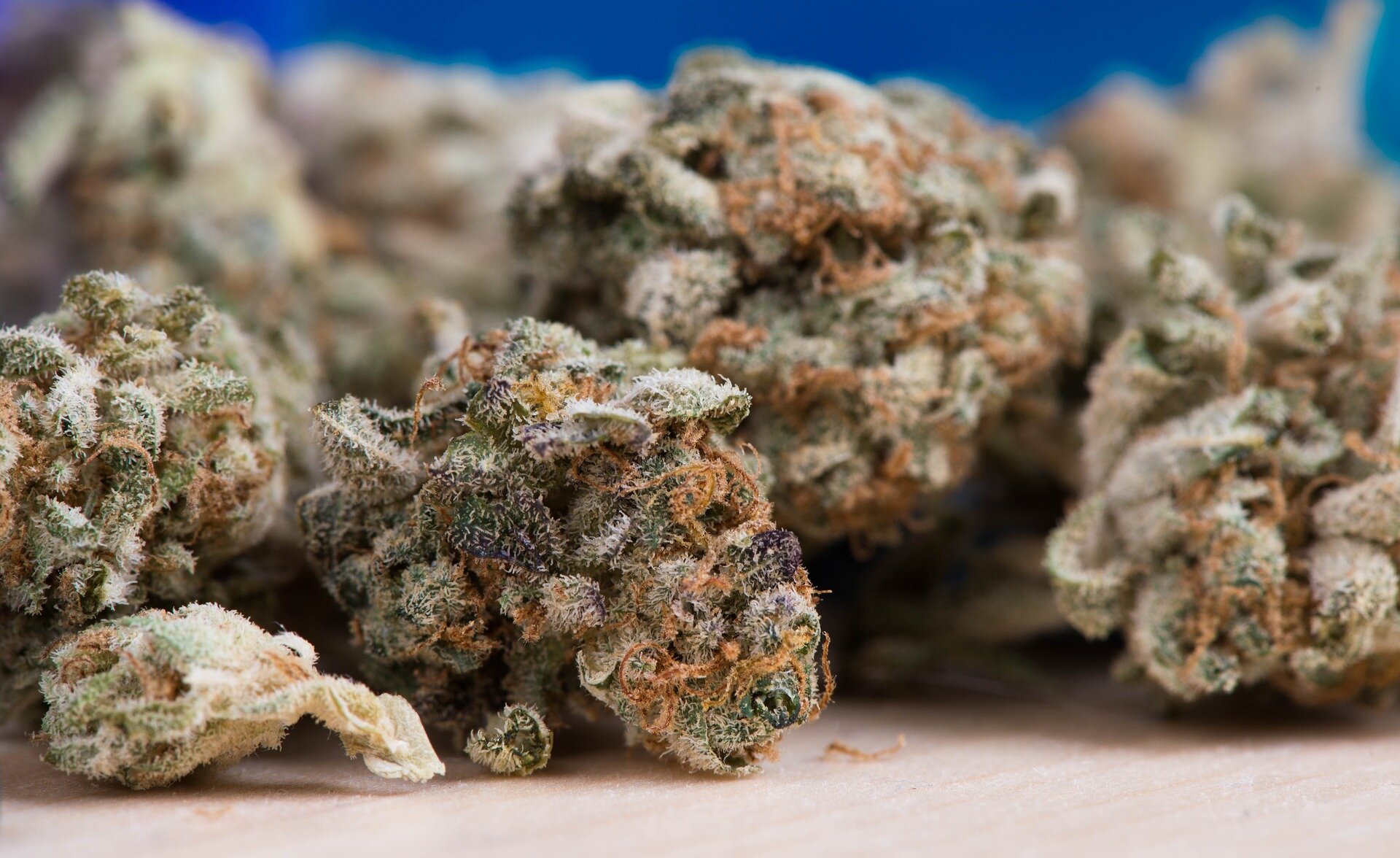

A research study into New Psychoactive Substances (NPS) – formerly referred to as ‘legal highs’ – provides new evidence about why young people were attracted to the drugs, and the health and social risks associated with taking them.
The study was carried out by an interdisciplinary team of researchers from Queen’s University Belfast. The research findings recommend support using existing evidence-based interventions among young people and high risk populations.
It follows official statistics released today by NHS Digital about smoking, drinking and drug use among young people. These figures show that 6% of 11-15 year olds said they were offered NPS and 1% said they had taken them in the last year (3). Office of National Statistics figures released last week reported 125 deaths from NPS, double that of the previous year (4).
This newly published longitudinal study about NPS was commissioned and funded by the National Institute for Health Research (NIHR), the nation’s largest funder of health and care research, and published in the NIHR Journals Library.
This particular research leveraged data from 2,039 young people who were part of the larger Belfast Youth Development Study (BYDS), which tracked a group of young people from ages 11, and examined in detail how they used alcohol and drugs as they grew up.
In this NIHR report, serious side effects associated with NPS usage were reported by those who had taken this class of drugs, including significant mental health problems and heart, liver, stomach and bladder issues. The research team found that NPS were always used within a poly drug use context (using more than one drug at the same time) in a range of ways and with alcohol, e.g., with mephedrone most snorted it, some made it into capsules and swallowed it and a small number injected it. Examples of drugs taken alongside it were cocaine, alcohol and some with other stimulants like MDMA. In 10% of NPS users surveyed, there was also evidence of moving from synthetic cannabinoids to heroin and vice versa – something that has not previously been reported.
Chief Investigator, Dr Kathryn Higgins, Reader from the School of Social Sciences, Education and Social Work and the Centre for Evidence and Social Innovation at Queen’s University, said: “Our research explored in detail the varied motives, characteristics and lived experiences of young people using NPS, ranging from experimental users who liked the buzz or the fact that they were cheaper than other drugs to those who had become dependent and needed help from health and social care services. We discovered that there was a lack of knowledge about the negative impacts of taking these drugs due to them being new and constantly changing as well as being marketed at the time as ‘legal highs’ and perceived as ‘safe’.”
NPS are synthetic alternatives to traditional illegal drugs. In the UK, most were ‘legal’ until they were banned in May 2016 under the Psychoactive Substances Act. They include drugs such as synthetic cannabinoids – sometimes referred to as ‘spice’ – and mephedrone – also known as ‘meow meow’.
The researchers used the data from the BYDS and statistical models to examine if those who reported using NPS had any different risk factors than those who used other drugs. The models, using the data from the 2,039 participants, showed that those who used NPS were mostly the same as those who were polydrug users of any type. To investigate further, 84 people were then reviewed through a series of in-depth interviews to share their experiences growing up, the circumstances that led them to taking NPS, and the age they first tried the drugs. As well as members of the BYDS cohort, individuals in this portion of the study included young people in prisons and those recruited from drug and alcohol services.
The research team categorised groups ranging from non-NPS users, to those who used in a limited experimental way, and those who reported being dependent on NPS. They were able to identify contributing risk factors for each group related to use of NPS, such as problems at school, peer pressure, alcohol use, family breakdown, trauma and lack of parental supervision and support.
In the report, the researchers make some suggestions about how to best respond to NPS use, including the use of peer educators in developing national drug education programmes, the expansion of harm reduction techniques, and research into the effectiveness of psychosocial and psychological interventions. They also call for public health interventions in high risk populations, highlighting that Public Health England are already working to improve things in prisons.
Co-investigator, Dr Nina O’Neill, Research Fellow from the School of Nursing and Midwifery at Queen’s commented: “We were also able to look beyond the reported physiological effects of the drugs and learn more about the wider impact of NPS use on the individual, including their physical, psychological and social wellbeing.”
“Our findings help to clearly explain why people use NPS in the ways that they do. We hope that this will help experts on NPS to consider interventions which would be most helpful in preventing people from using NPS in the future and reducing harms for people who already use NPS in the interests of better health across society as a whole,” added Co-investigator, Dr Anne Campbell, Senior Lecturer from the School of Social Sciences, Education and Social Work, and the Centre for Evidence and Social Innovation at Queen’s.

